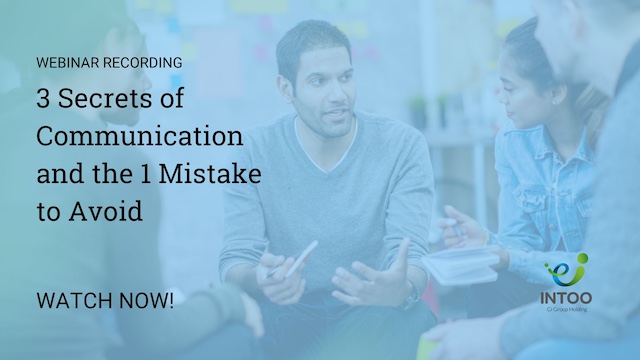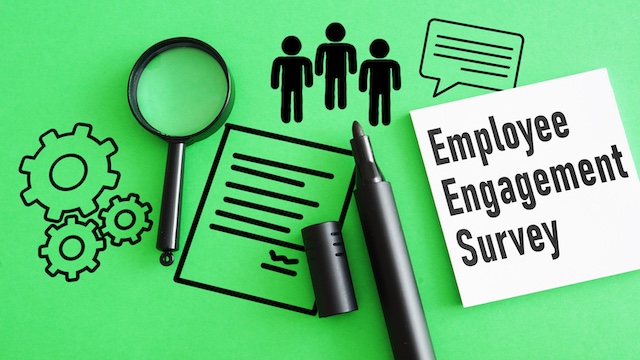When done right, one-on-one meetings with employees are an excellent tool for getting to know your staff, identifying each person’s strengths and weaknesses, and informing your career development strategy.
From the employee’s perspective, one-on-ones help them feel meaningfully engaged and supported in their professional journey. They will no longer feel like a number and instead will understand that they are considered valuable to your team.
Here is everything you need to know about integrating one-on-one meetings with employees into your workforce management strategy.
What Are One-on-One Meetings & Why Are They Important?
One-on-one meetings — or 1:1s, 121s, or check-ins — are pre-planned sessions for two people. Typically, one-on-ones occur between a staff member and their direct supervisor.
During the one-on-one, the two parties get a chance to engage in a low-stress, private setting. This allows the employee to share goals, voice concerns, and interact directly with their manager. The manager can then, in turn, provide the employee with personalized coaching without embarrassing them or turning the discussion into a negative exchange.
One-on-one meetings with employees build trust, increase engagement, and nurture individual team members to reach their full potential. As a result, regularly hosting these meetings can improve workplace culture and reduce attrition.
What Are the Benefits of One-on-One Meetings?
One-on-ones provide several benefits for managers and their employees.
Benefits for managers
From the manager’s perspective, one-on-one meetings with employees enable them to cultivate a more engaged and passionate staff. These meetings also help a manager and employee establish mutual trust. This is especially important because miscommunication or friction is less likely when both parties trust and respect one another.
One-on-ones also help managers identify their top performers and most reliable employees. As a result, when the organization encounters an unexpected challenge, employers will know who they can rely on to get them through this hurdle.
In addition, because one-on-ones boost employee satisfaction, they can help reduce the frequency of absences or turnover.
Benefits for employees
One-on-ones give employees the opportunity to get to know their direct supervisor. They can learn more about their expectations, goals, and management style. When both parties understand one another, the chances of conflict are greatly reduced.
Additionally, one-on-ones allow employees to voice their concerns, share their own goals, and ensure that their needs are being met. Whether an employee is interested in taking a training class or wants to pursue promotional opportunities, one-on-ones give them a chance to make these goals known.
Most importantly, sitting down with their supervisor allows employees to take control of their professional journey. For example, employees who need help with time or priority management can ask their manager for tips. They may be too embarrassed to ask these questions in a public setting, but one-on-ones offer an ideal opportunity to turn weaknesses into strengths.
 3 Steps to Prepare for a One-on-One Meeting as a Manager
3 Steps to Prepare for a One-on-One Meeting as a Manager
One-on-one meetings with employees are meant to be frictionless but purposeful gatherings. To make the most of these meetings, it is vital that you adequately prepare. Here is what you should do before, during, and after your meeting to facilitate effective one-on-ones.
How to prepare for: Before the meeting
Be transparent about your intent to schedule one-on-ones and convey the purpose behind your new initiative. That way, no one feels singled out when they receive the first invitation.
Next, determine how frequently you will meet with your team members and how long each session will last. Then, choose a location and create an agenda. While your agenda should not be overly restrictive, you need a general outline of what will be covered during the meeting to keep things focused. Include time for the employee to discuss any matters that are important to them.
How to prepare for: The meeting itself
Once you have prepared for your one-on-one initiative, it is time to make every session count. First, set the tone by turning off email alerts and giving your team members your full attention. Be positive so the employee understands that your goal is to support their growth and strengthen your team, not criticize their faults.
As the meeting gets rolling, listen more than you talk — make your employee feel heard. Periodically add your perspective and always be constructive, especially when addressing an employee’s concerns or frustrations.
How to prepare for: After the meeting
After the meeting is over, you must follow through on any commitments you made to the employee. To ensure you don’t neglect your commitments, make sure to take notes during or immediately after your one-on-ones. For instance, if you tell a team member that you will look into various ways to assist with their career development, do it.
Even if you don’t make any specific promises to your employees during a meeting, take what you learn and apply those insights to help them grow. Having notes will also help you to follow up during the next meeting about any issue previously discussed.
 What Not to Do in a One-on-One Meeting
What Not to Do in a One-on-One Meeting
When preparing for your one-on-one meetings with employees, don’t do the following:
1. Get distracted
If you interrupt an employee to read an email or answer a phone call, you will immediately ruin the atmosphere of the meeting and may lose the trust of the employee. Even if the employee had been optimistic about the meeting, their enthusiasm will wane and they will feel like you don’t think they’re as important as whatever is getting your attention.
To avoid this scenario, silence your phone, shut off your computer screen, and focus on the employee.
2. Show up late
Showing up late for a meeting you booked will demonstrate that you do not value the employee’s time. If you run into a true emergency that causes you to be late, be transparent with your team member and apologize.
3. Surprise them
Give your employees plenty of notice before hosting one-on-ones. Never hold the meeting on the same day that you extend the invitation. Also, be transparent about the purpose of the meeting so that they have time to contemplate what topics they want to discuss.
4. Withhold feedback
While you should listen more than you speak, don’t withhold feedback. Throughout the meeting, provide concise and relevant responses to keep the conversation flowing.
5. Criticize
One-on-one meetings with employees are meant to drive engagement and strengthen your relationship with them. Don’t use these sessions as an opportunity to point out an employee’s faults or tear them down. If you have to address a deficiency, do so in a constructive way and always pair your criticism with a solution.
6. Choose the wrong venue
One-on-ones are meant to be relaxed but private. Therefore, don’t choose a cubicle that is adjacent to the team member’s coworkers or a break room that anyone could walk into. Either reserve a conference room or host the meeting in your office so the employee feels confident enough to be open and honest.
Conclusion
One-on-ones are a valuable tool for building relationships with your staff and assessing their individual needs. Understanding the benefits of these meetings and how to prepare for them will help you get the most out of your one-on-ones. By following up on the insights gleaned from your one-on-one sit-downs with employees, you can help build stronger teams, increase engagement, and reduce attrition. With INTOO, you can provide your employees with ongoing support and career development that is tailored to align with their unique needs. Connect with INTOO today for help building a stable, positive work environment where everyone can thrive.


 3 Steps to Prepare for a One-on-One Meeting as a Manager
3 Steps to Prepare for a One-on-One Meeting as a Manager What Not to Do in a One-on-One Meeting
What Not to Do in a One-on-One Meeting








